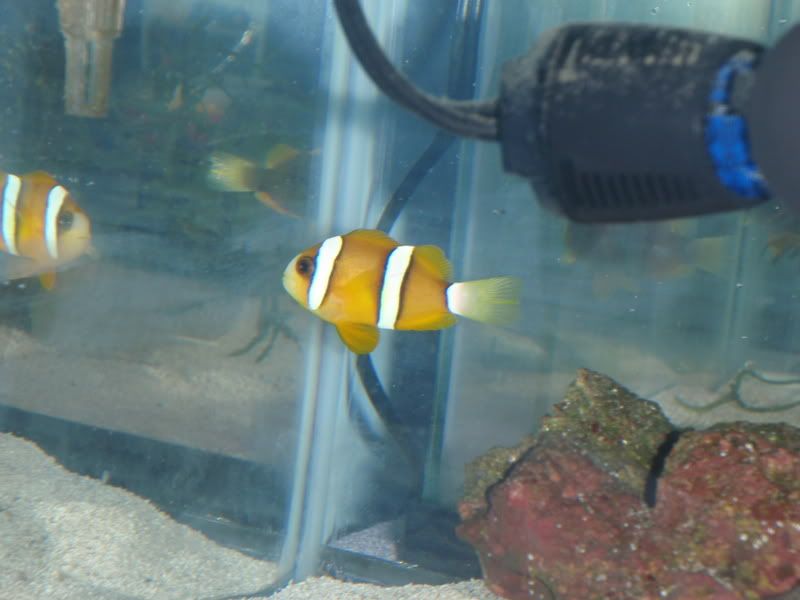Sara,
Sorry I haven't gotten back to you sooner. I was hospitalized last Friday and have just been released. Had a mystery infection which has cleared up.
Brooklynellosis used to be called the 'stress disease.' This was because a fish can carry it and not display having it. It is for this reason I recommend that all newly acquired Anemonefishes not previously treated, be treated as if they have brooklynellosis.
The QT process has many purposes. One is to give the fish a chance to acclimate to captivity, learn to eat, get accustomed to the owner, etc., all under a reduced stress or stress free condition.
When two Anemonefishes are put together, Mother Nature takes over, forcing one to dominate the other. This ensures gender determination. This domination behavior is very stressful and continues -- it is ongoing. For this reason I never recommend putting two together in the same QT. Each fish is stressed. The dominating one must expend energy to dominate, the dominated fish is obviously stressed by being harassed.

